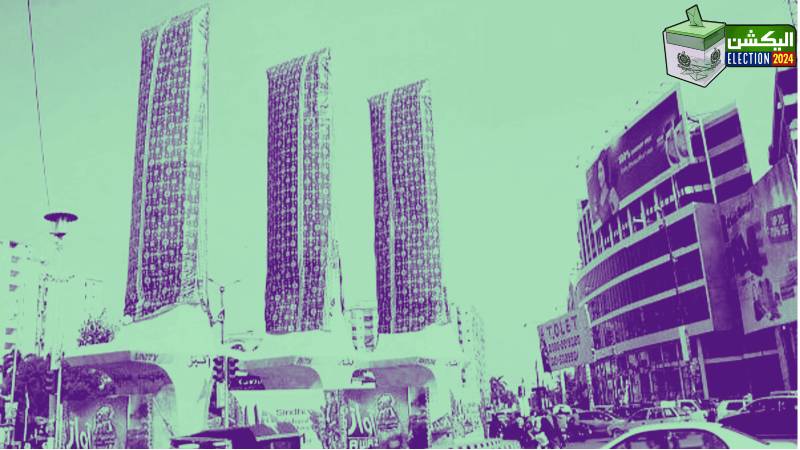
Karachi, the provincial capital of Sindh, is Pakistan’s largest city. It is also considered to be the country’s most diverse and cosmopolitan region and ‘the economic hub of Pakistan.’ Till the mid-19th century, Karachi was an insignificant fishing town with an obscure history. The British annexed it in 1843, turning it into an important port city. The British also yanked Karachi away from the rest of Sindh and made it a part of the so-called ‘Bombay Presidency.’ By the early 20th century, Karachi had become a thriving city dominated by businessmen and traders. In 1936, the city was reintegrated back into Sindh.
Till the creation of Pakistan in 1947, Sindhis were the city’s largest ethnic group. But when the city was made the new country’s federal capital, it was once again separated from Sindh. Karachi’s once robust infrastructure came under tremendous pressure when it witnessed the influx of millions of Urdu-speaking Muslims (‘Mohajir’) from India. By 1951, the city had a Mohajir majority. In 1959, it stopped being the capital of Pakistan. In the 1960s, the city witnessed extensive industrial activity. This attracted fresh migrants, mostly Pakhtuns from NWFP (present-day Khyber Pakhtunkhwa).
From 1970 till the early 1980s, the city’s electoral politics was dominated by the Jamat-e-Islami (JI) and the Jamiat Ulema Pakistan (JUP). Both were largely supported by the city’s Mohajir population. During the Ziaul Haq dictatorship (1977-88), Karachi’s local administration fell into the hands of JI. During this period, the city witnessed violent ethnic upheavals. This saw the birth of the Mohajir Qaumi Movement (MQM). The party proactively distanced the Mohajir from Islamist parties and began to formulate a ‘Mohajir nationalism.’
From 1988 to 2013, MQM dominated the city’s electoral politics. But from 2016, MQM began to splinter. By then, the city’s Mohajir population had decreased to 42%. The space created by the splintering was first filled by Pakistan Tehreek-e-Insaf (PTI).
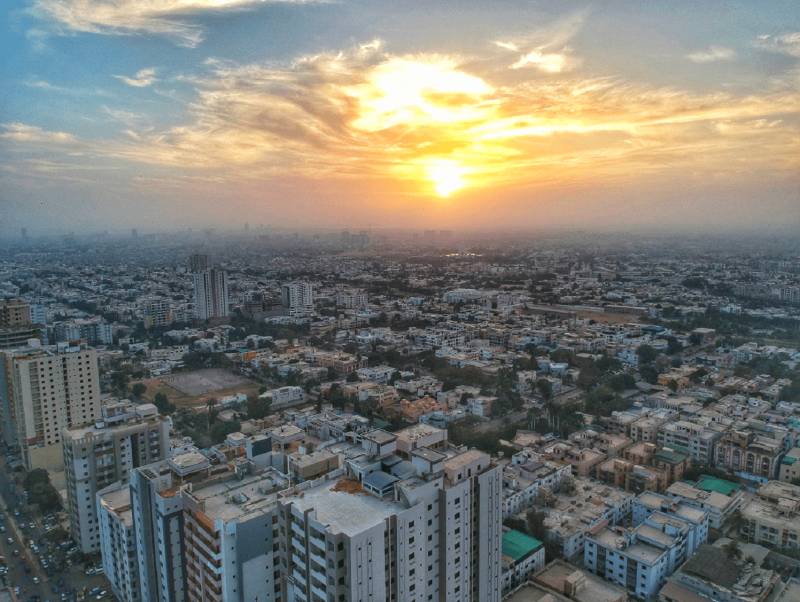
During the 2018 elections, PTI won 14 NA seats from the city. Four were won by the MQM and three by the Pakistan People’s Party (PPP). The city’s Pakhtun voters had overwhelmingly cast their ballots for PTI. And so did many Mohajir voters. However, Karachi was also one of the first cities in the country in which support for PTI began to erode. PTI was extremely weak in conducting constituency politics. With MQM weakened and the euphoria of 2018’s ‘PTI wave’ rapidly receding, the PPP came up with a new strategy for Karachi.
The party has been ruling Sindh since 2008, mainly due to its electoral strength in the province outside Karachi. The PPP-led Sindh regime decided to invest additional resources in Karachi, especially in the city’s multi-ethnic districts. On the other hand, the JI saw the weakening of the MQM and the growing public disappointment with the PTI as an opening through which the party could plot its comeback in Karachi. PPP and JI concentrated on constituency politics, and this paid rich dividends. In a tight contest, the PPP edged out the JI in the 2023 local bodies elections in the city. MQM (now MQM-Pakistan) boycotted the elections.
Since the number of voters, even during a low turnout, is a lot more compared to the sample sizes used in surveys, one can use the voting patterns of the 2023 local elections to determine how Karachiites are likely to vote during the February 8 general elections. I have used this, in addition to interviews with some PPP, JI and MQM-P workers, to shape an assessment.
An Open Field
Karachi is divided into seven districts. District Central, District East, District West, District South, District Korangi, District Kemari and District Malir. Some 9.5 million people will cast their vote in these districts.
District Central
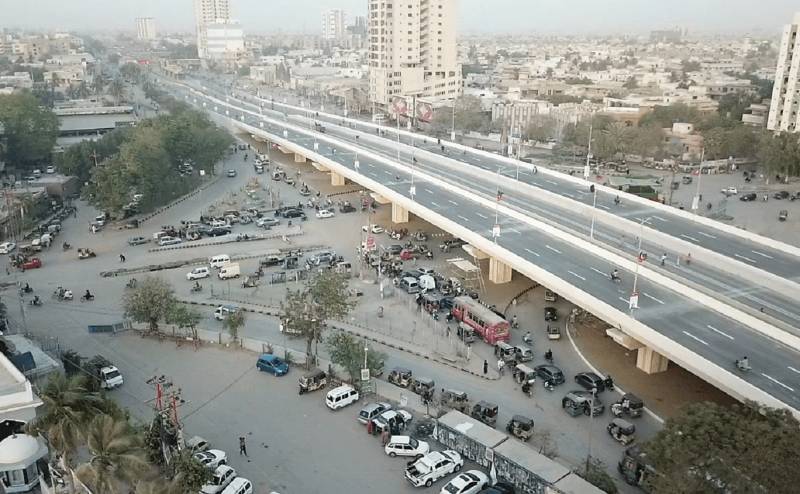
This district is the largest and one of the most populated. Approximately 70% of its population is Mohajir. Till 2013, it used to be a stronghold of the MQM. In 2018, however, out of the four NA seats in this district, two each were won by the MQM and the PTI. This shows that a significant chunk of Mohajir voters had cast their ballots for PTI.
During the 2023 local bodies elections here, which the MQM-P boycotted, JI managed to attract the largest number of Mohajir votes in the district. JI is now hoping to bag NA seats from this district on February 8. But with MQM-P returning to win back its voters, District Central will likely witness a tough three-way fight between JI, MQM and PTI-Independents.
JI, though, is worried that the large Mohajir vote in this district will be split between the three parties. The MQM-P, too, is conscious of this but hopes to win back a large slice of voters who had opted to vote for PTI in 2018.
Likely Outcome: MQM-P may edge out JI and PTI-Independents in this district, but due to the split of Mohajir votes here, the votes of minor ethnic communities of the district can work in favour of JI and PTI-Independents. PPP has a weak vote-bank in this district.
District East
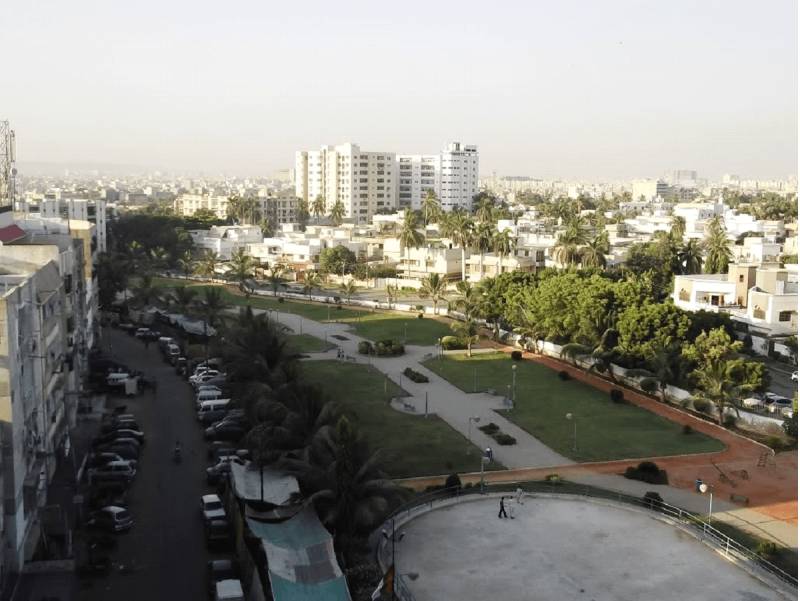
This district is multiethnic with a slight Mohajir majority. It also has significant Pakhtun, Punjabi and Sindhi populations. In 2018, PTI won all four NA seats from this district. But in the local bodies’ elections, most Mohajir votes in this district were cast for the JI. The non-Mohajir votes largely went to the PPP.
Likely Outcome: A close contest is expected here on February 8 between PPP, JI and MQM-P. The JI and PPP won 19 and 15 seats each from this district during the local bodies’ elections, while the PTI was routed. It will now be interesting to see what kind of an impact MQM-P’s participation will have in this district. Both the JI and the PPP felt they had penetrated this erstwhile MQM stronghold, but MQM-P will be challenging this claim.
PPP will be banking on the votes of the district’s non-Mohajir communities, especially the Pakhtun who voted for the party in the local bodies’ elections after swinging away from PTI. PTI-Independents will be hoping to win back Pakhtun, and Mohajir votes that it lost to the JI and the PPP in 2023.
District West
This district has a Mohajor majority (50%) but also a significant Pakhtun community. In 2018, it constituted five NA seats. Three were won by PTI, and one each by MQM-P and the PPP. During the local bodies’ polls, though, through some robust constituency politics, the PPP won a majority here. It received not only the Sindhi votes but the bulk of the district’s Pakhtun votes as well.
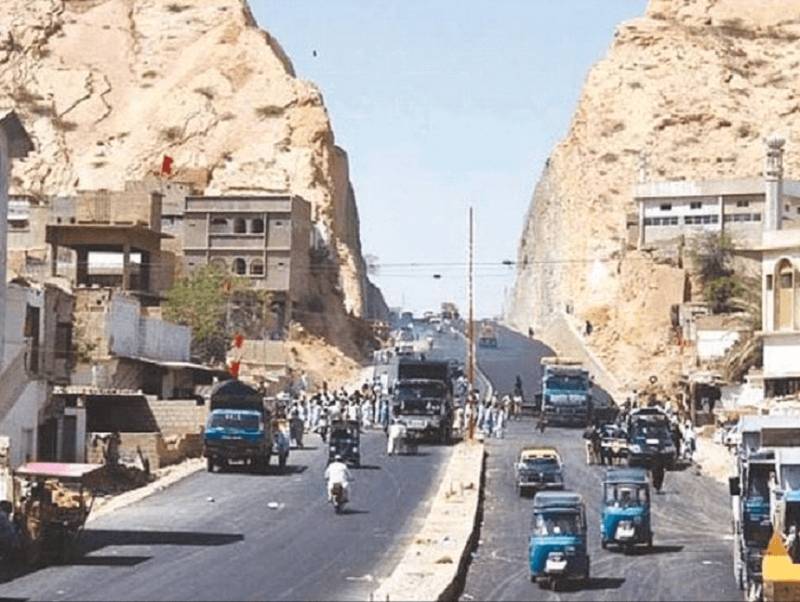
Likely Outcome: MQM-P will be looking to rekindle its influence here among the district’s Mohajirs, whose votes will likely split between the party, JI and PTI-Independents. PPP is hopeful that it can extract up to three seats here by sustaining the support it got from the district’s Pakhtun voters in 2023.
District South
This is an entirely multi-ethnic district. It includes some of the city’s most affluent areas as well as large working-class enclaves. In 2018, both of its NA seats were won by PTI. However, during the local bodies’ polls, the PPP won a clear majority here, especially due to the votes it received from (non-Mohajir) working-class voters of the district.
Likely Outcome: The PPP is expected to win at least two of the now three seats in District South. PTI-Independents are likely to find votes in the affluent areas of the district, but it is worried that some of these votes may also go to a prominent independent candidate, Jibran Nasir.
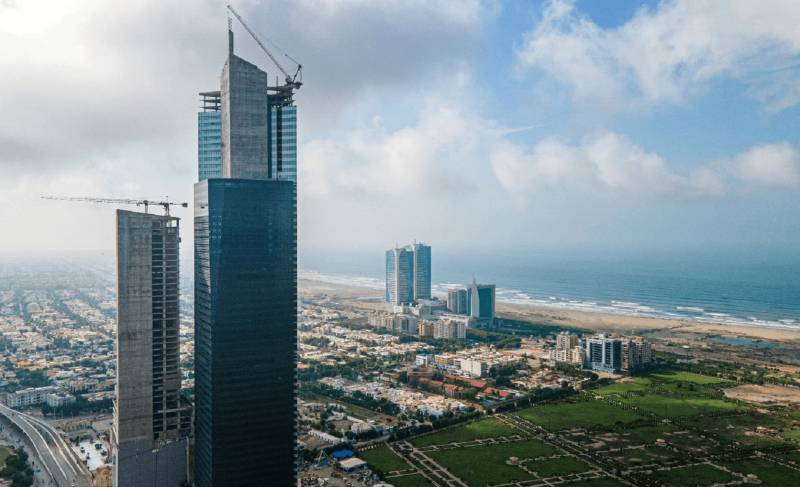
This split can favour the PPP. MQM-P will be gunning to win back its Mohajir votes in this district but will be battling with PTI-Independents for the Mohajir vote after PTI lost its Pakhtun votes here. JI is weak in this district, but is banking on Mohajir votes.
District Malir
Malir has a slight Sindhi majority. In 2018, two out of its three NA seats were won by the PPP and one by the PTI. The PPP swept Malir during the 2023 local bodies polls. It also managed to attract the district’s Pakhtun votes.
Likely Outcome: District Malir is likely to witness a PPP sweep.
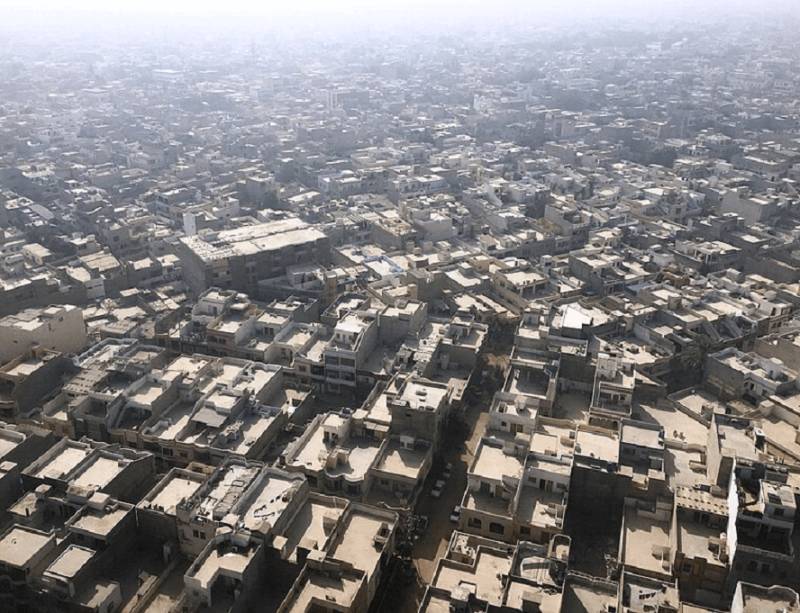
District Korangi
District Korangi has a Mohajir majority. It was once an MQM stronghold. In 2018, the MQM-P won two of the district’s three NA seats, and PTI won one PTI. However, during the local bodies' polls, the JI won a clear majority in this district.
In 2018, the far-right Tehreek-e-Labaik (TLP) received a large percentage of votes here, even though it failed to win an NA seat. TLP, which, in Karachi, largely attracts lower-middle-class Mohajir votes, can once again cause problems for MQM-P, even though MQM-P is confident that it will be able to win back its lapsed voters in this district.
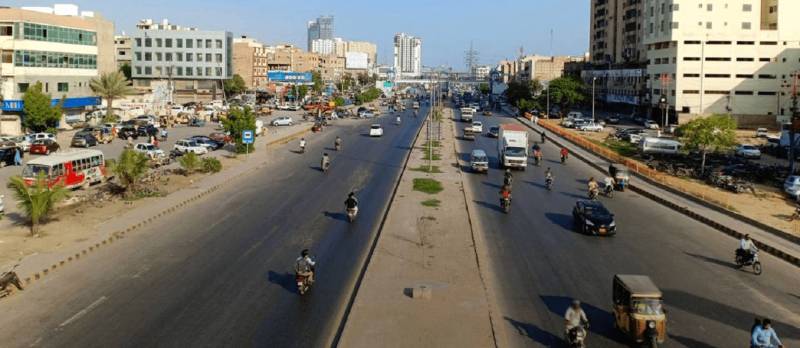
Likely Outcome: The main contest in Korangi will be between MQM-P, PTI-Independents, TLP and JI. It will be interesting to see how much TLP can ‘spoil’ the votes of MQM-P and JI. PPP is weak in this district.
District Kemari
This district is multiethnic. It was created in 2020 and has two NA seats. The PPP won the district during the local bodies’ elections.
Likely Outcome: The PPP is likely to win here in the coming general elections with the aid of the district’s working-class Pakhtun and Sindhi voters.
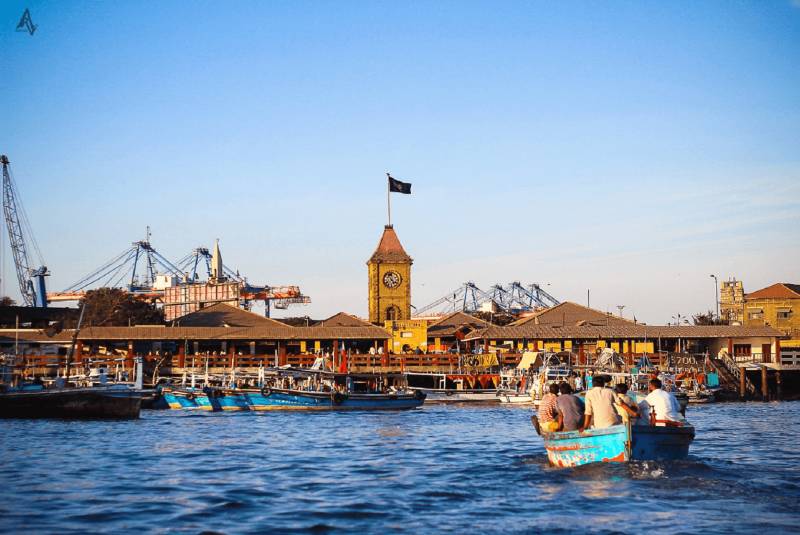
Conclusion
The PPP is expected to win between six to eight NA seats in Karachi. MQM-P, between four and six. The JI is between two and three. And the PTI-Independents between two and four seats.
Campaigns by the PPP and JI are focused on doing constituency politics, which helped them bag wins in the local bodies’ elections.
MQM-P is trying to reinvigorate its Mohajir nationalist vote-bank, while the PTI is attempting to draw out the ‘sympathy vote’ due to the crackdown it is facing after the party went on a violent rampage on May 9 and 10 last year.
But Karachi is not a ‘sentimental’ city. Whatever ‘sympathy vote’ there is for PTI in Karachi is likely to come from certain middle-and-upper-middle-class Mohajir segments.

